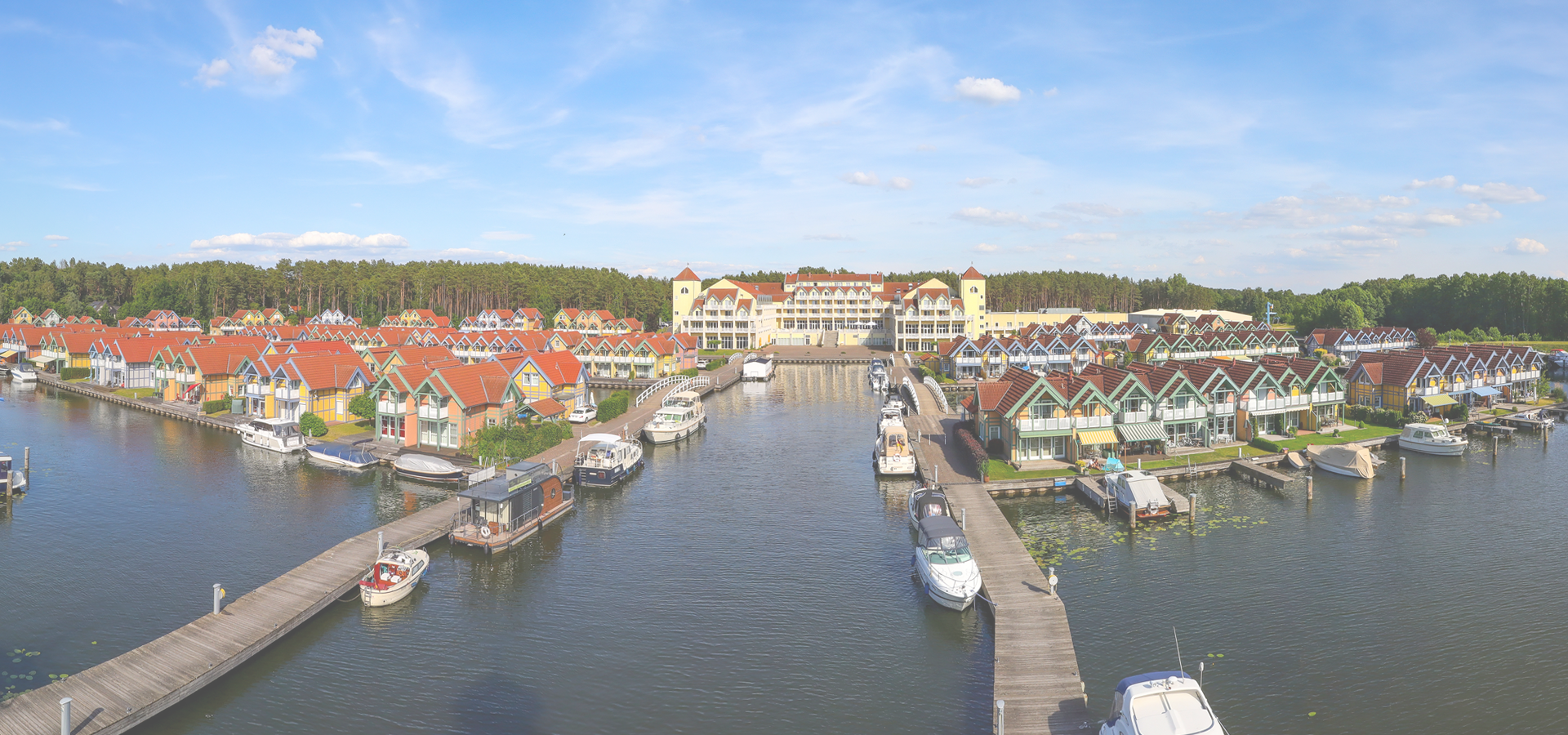Bad Belzig, Brandenburg, Germany
🇩🇪 Bad Belzig, until 2010 Belzig, is a historic town in Brandenburg, Germany located about 70 km (43 mi) south-west of Berlin. It is the capital of the Potsdam-Mittelmark district.
Geography Bad Belzig is located within the Fläming hill range and in the centre of the High Fläming Nature Park. The plains north of the town are home to one of the few great bustard populations in Germany.
Since 2003, when 14 surrounding villages were incorporated into Bad Belzig, some of them voluntarily, others by Brandenburg Landtag (state parliament) legislation, Bad Belzig has an area of 234.83 km². These villages became districts (Ortsteile) of Belzig: • Bergholz • Borne • Dippmannsdorf • Fredersdorf • Groß Briesen • Hagelberg • Kuhlowitz • Lübnitz • Lüsse • Lütte • Neschholz • Ragösen • Schwanebeck • Werbig.
The forest of Verlorenwasser near Werbig encompassed the geographical centre of East Germany.
Further information: Galgenberg (Lütte)
History A Slavic fort of Belizi was first mentioned in a 997 deed issued by Emperor Otto III in favour of the Archbishopric of Magdeburg. Whether this denotation refers to Bad Belzig or the neighbouring town of Beelitz has not been conclusively established. Nevertheless, both towns celebrated their 1000 years anniversary in 1997.
The estates however had actually already been lost in the Slavic uprising of 983 and were not conquered again until 1153 by Albert the Bear from the House of Ascania. In 1251 the castle (Burg Eisenhardt) and the adjacent settlement became part of Saxe-Wittenberg under Albert's successor Duke Albert I. However it was claimed by the archbishops of Magdeburg, whose forces devastated Belzig in 1406. The rebuilt castle was again seized by the Hussite general Prokop the Great when he invaded Saxony in 1429, after which Elector Ernest of Saxony from the House of Wettin enlarged it to a fortress. During the Thirty Years' War it was seized by the troops of the Swedish Empire in 1636, after Elector John George I had allied with Emperor Ferdinand II in the Peace of Prague.
The Romanesque St Mary's Church was built in the late 13th century. According to an inscription in the keystone of the western entrance, Martin Luther preached here on January 14, 1530. Eisenhardt Castle. Bad Belzig was granted town privileges in 1702. During the War of the Sixth Coalition on August 27, 1813 troops of the French Empire and Saxony were attacked by Prussian and Russian forces near the village of Hagelberg. The encounter ended in a French defeat, while several Saxon units went over to the Prussians. According to the Final Act of the 1815 Congress of Vienna Bad Belzig was ceded to Prussia and became part of the Province of Brandenburg, after having belonged to the Saxon Electorate for centuries.
In 1934 ammunition works were established in Bad Belzig including a labor camp with about 1500 forced laborers. During the years 1936–1945, Burg Eisenhardt was the site of the Reichsschule (leadership school) for the Technischen Nothilfe ('technical emergency relief'). (The Technische Nothilfe was abolished in May, 1945, but the idea was revived by Otto Lummitzsch in the form of the Technisches Hilfswerk in 1950, which exists to this day as one of the pillars of the German civil protection infrastructure.) Between 1940 and 1945 a subcamp of the women's concentration camp Ravensbrück with about 750 inmates was also located nearby. Bad Belzig was also the site of a large radio transmitter station, erected in 1939. In 1952 the town became the capital of the Belzig district and in 1993 of the newly created district of Potsdam-Mittelmark. In 1995 Bad Belzig was awarded the official title of a climatic health resort. Effective March 2010, the town's name was changed to "Bad Belzig".
Economy The district administration is the major employer in Bad Belzig.
Bad Belzig is the main town in the rural Higher Fläming area, with schools, shops, supermarkets, a hospital and a cinema all used by the inhabitants of surrounding towns and villages.
There is a successful rehabilitation clinic (sanatorium) in Bad Belzig.
In 1989, Bad Belzig launched an ambitious programme to become a spa town (achieving recognition in 2009) and promote tourism.
Europe/Berlin/Brandenburg

Bad Belzig has a population of over 11,096 people. Bad Belzig also forms the centre of the wider Potsdam-Mittelmark District which has a population of over 219,521 people.
To set up a UBI Lab for Bad Belzig see: https://www.ubilabnetwork.org Twitter: https://twitter.com/UBILabNetwork
Twin Towns, Sister Cities Bad Belzig has links with:
🇮🇱 Even Yehuda, Israel 🇩🇪 Ritterhude, Germany 🏴 Workington, England🇩🇪 Wolfenbüttel 52.15
🇩🇪 Hildesheim 52.151
🇩🇪 Salzgitter 52.153
🇳🇱 Amersfoort 52.157
🇩🇪 Kreis Herford 52.168
🇳🇱 Alphen aan den Rijn 52.128
🇩🇪 Traunstein 12.633
🇩🇪 Wittenberg 12.648
🇮🇹 Mazara del Vallo 12.583
🇩🇰 Copenhagen 12.568
🇩🇰 Charlottenlund 12.552
🇩🇪 Brandenburg an der Havel 12.533
🇩🇰 Frederiksberg 12.527
Locations Near: Bad Belzig 12.5934,52.1415
🇩🇪 Belzig 12.583,52.133 d: 1.1
🇩🇪 Wittenberg 12.648,51.867 d: 30.7
🇩🇪 Brandenburg an der Havel 12.533,52.417 d: 30.9
🇩🇪 Dessau-Roßlau 12.245,51.839 d: 41.2
🇩🇪 Dessau 12.25,51.833 d: 41.6
🇩🇪 Potsdam 13.048,52.4 d: 42.2
🇩🇪 Luckenwalde 13.167,52.083 d: 39.7
🇩🇪 Bitterfeld-Wolfen 12.328,51.623 d: 60.5
🇩🇪 Falkensee 13.083,52.55 d: 56.3
🇩🇪 Teltow-Fläming 13.3,52.083 d: 48.7
Antipodal to: Bad Belzig -167.407,-52.142
🇹🇴 Nuku'alofa -175.216,-21.136 d: 16502.3
🇦🇸 Pago Pago -170.701,-14.279 d: 15794.8
🇼🇸 Apia -171.76,-13.833 d: 15737.7
🇵🇫 Papeete -149.566,-17.537 d: 15862.1
🇺🇸 Hilo -155.089,19.725 d: 11934.9
🇺🇸 Maui -156.446,20.72 d: 11843.6
🇺🇸 Maui County -156.617,20.868 d: 11829.4
🇺🇸 Wailuku -156.505,20.894 d: 11825.1